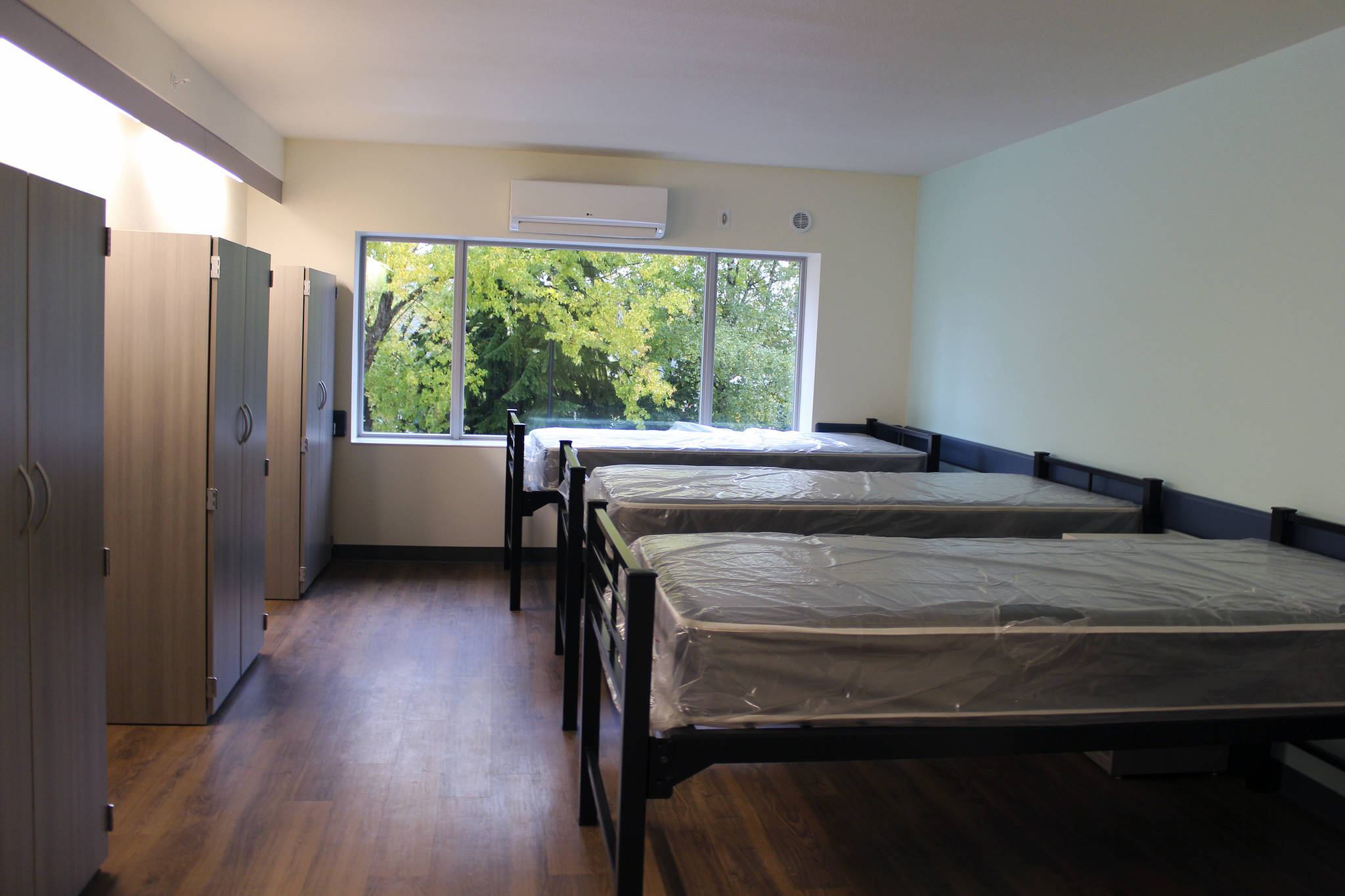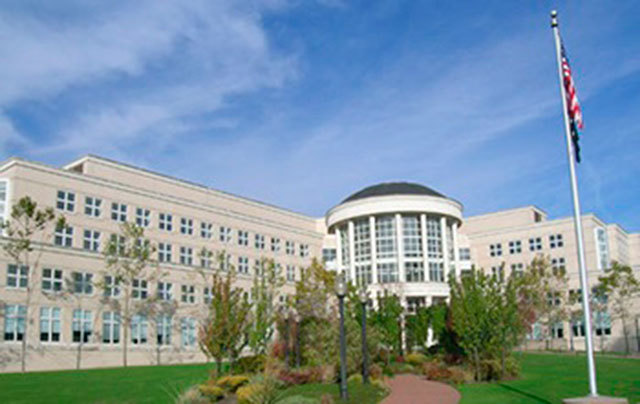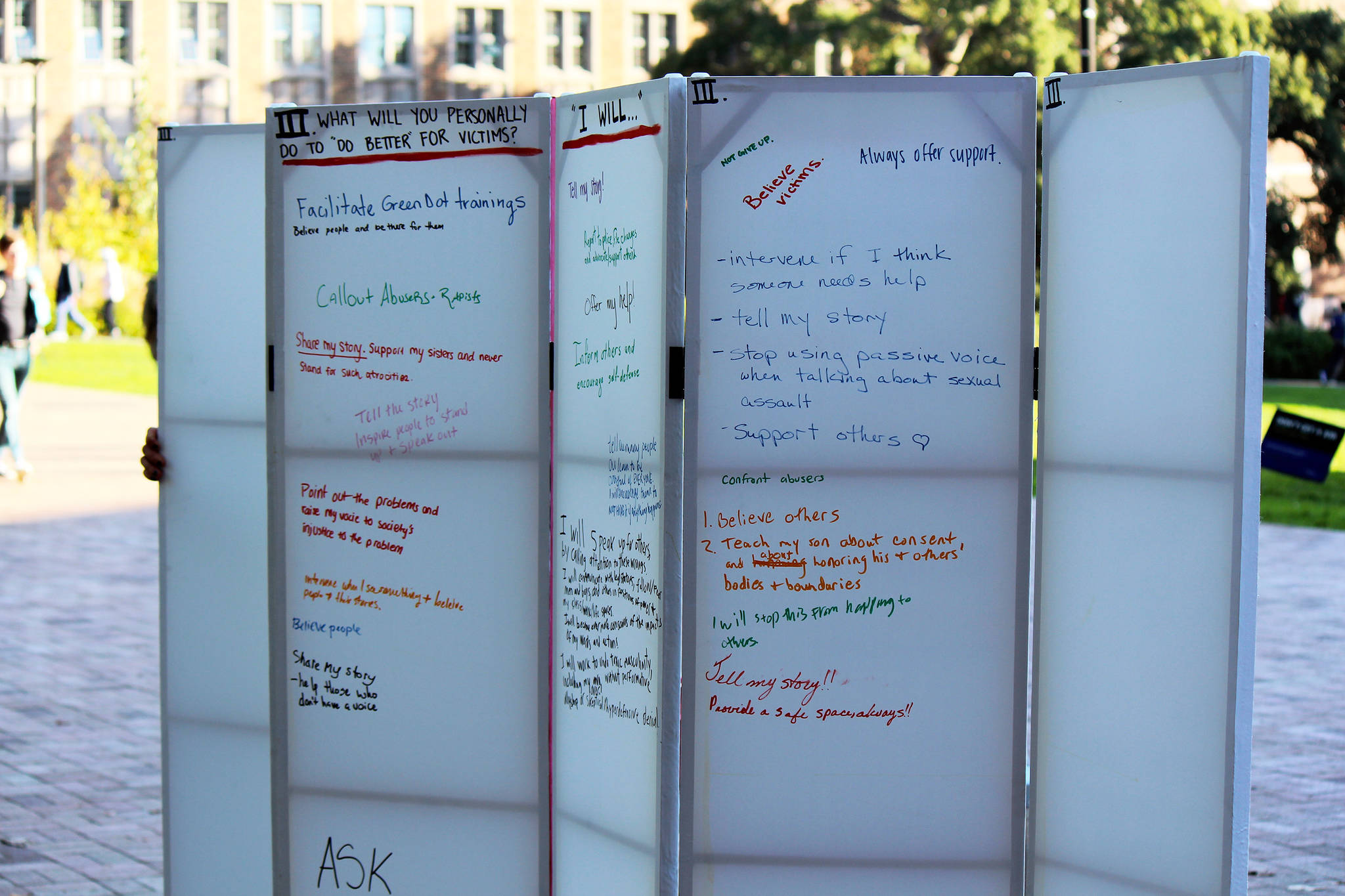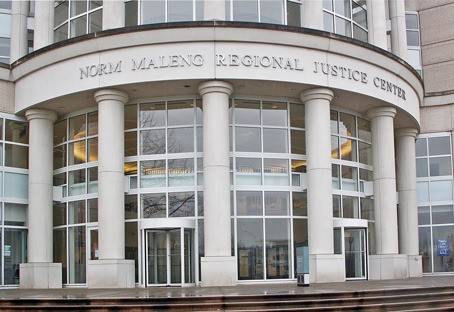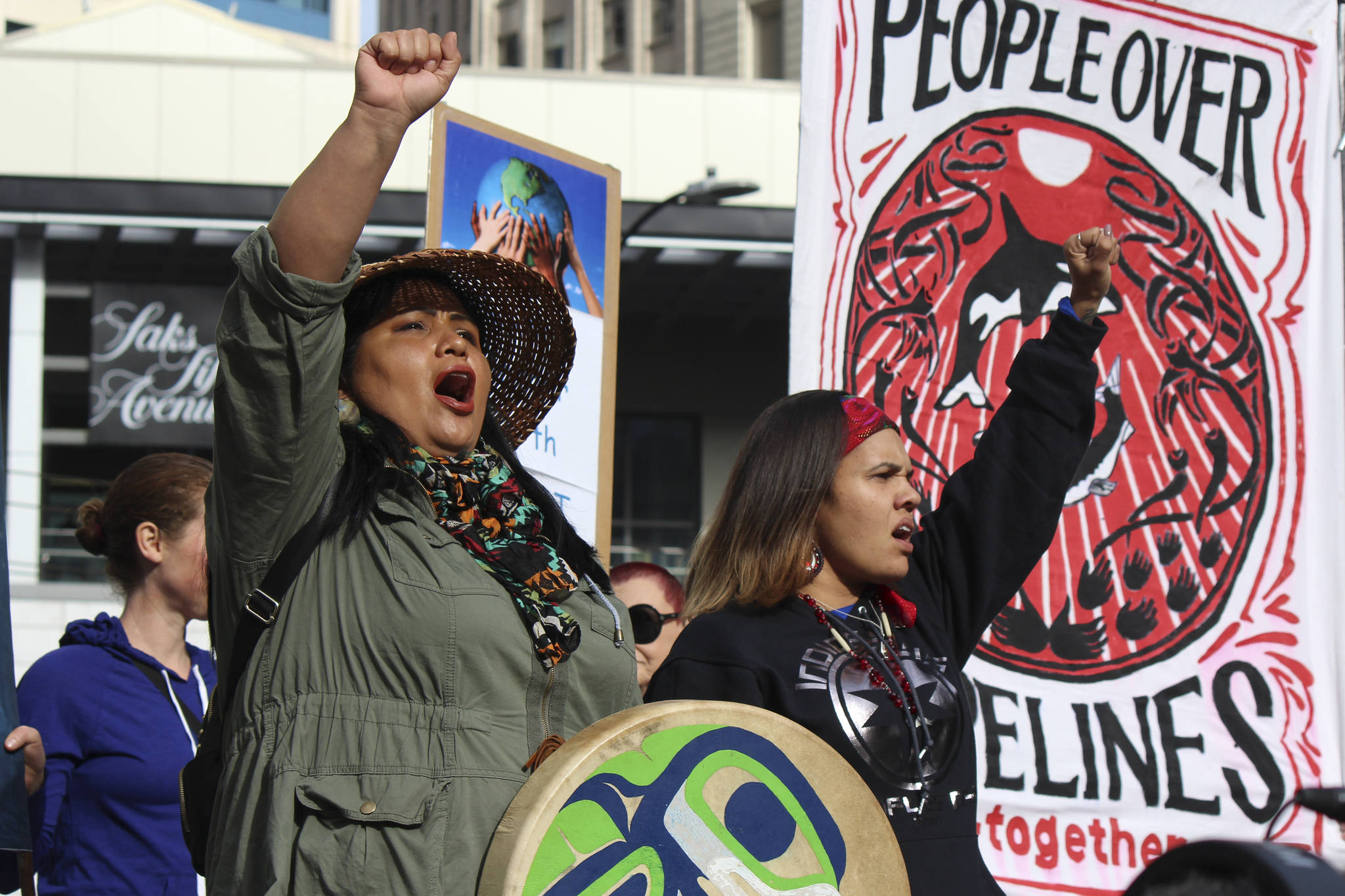Michael Mohn has been sober for almost three years; next February, he’ll celebrate over 1,000 days without drugs, alcohol, or cigarettes. (And yes, he jokes, “those days even include weekends!”) Before his sobriety, though, during a decade of substance abuse that took him from a high-paying sales job to “being homeless, living under a bridge, not knowing where my next meal was coming from,” he says, “I lost my wife, I lost my kids, and most of all, I lost my self-respect.”
During those 10 years, he also tried to become sober again and again. He went to detox 25 separate times, he says, and tried four different treatment programs. This weekend, he’ll be able to visit with his kids for the first time in five years.
Mohn spoke on Thursday to celebrate the grand opening of Recovery Place Seattle at Beacon Hill, a shiny, freshly renovated, multimillion-dollar substance abuse and mental health treatment facility set to open on November 1. It’s the first facility of its kind in King County. It will start with 16 beds, but the plan is to expand that as soon as possible to about 70 beds and over 100 full-time employees, said Ken Taylor, chief executive officer of Valley Cities Behavioral Health Care, a nonprofit that’s been operating in South King County for the past 50 years. “And we expect to be full,” he said. “We expect to be full practically from the moment we open.”
A single facility where people can stay and detox from addictive drugs, including heroin and other opiates, and then immediately be connected in the very same building to social workers and doctors who can help them stay clean is a first for Valley Cities. “One of the reasons I’m so excited about this,” Mohn told the room, is that part of the reason he went 25 times to detox and four times to treatment centers “is because there really was no bridge” between getting clean and staying clean. “Right here, you guys have a one-stop shop.”
Also, a single facility that accepts people with substance abuse as well as mental health issues is a first for the county. Often, those resources aren’t well connected. King County contributed $1 million to help build Recovery Place—which will also operate on Medicaid reimbursements and (most likely) state funding—as a specific outgrowth of the county’s efforts to tackle the opioid epidemic and some of the root causes of homelessness. Priority for beds at Recovery Place will be given to people who are homeless, especially residents of Seattle’s Navigation Center, a new, low-barrier shelter that opened in the International District a few months ago.
“It was a year and a half ago that I stood with other officials just outside this facility,” said King County Executive Dow Constantine. That was the day he announced the creation of a countywide Heroin and Prescription Opiate Addiction Task Force, a team of “experts to help us confront the devastating heroin and opioid epidemic—a public health crisis that has spared no age group, no income level, no race, no neighborhood. Since then, we have worked with community partners to turn those expert recommendations into results.”
Among those results: 2,800 naloxone kits for law enforcement and treatment providers so they can help reverse opiate overdoses; 110 secure drop boxes for unused or expired medication, including prescription painkillers; and better access to buprenorphine, a treatment for opioid addiction. Recovery Place will free up space in local hospitals and emergency rooms, help people find long-term treatment for addiction and mental health struggles, and also, county officials hope, help connect people with permanent housing. “Together we’re doing more than providing additional beds,” Constantine said. “We’re connecting entire systems.”
“From the outset, we’re going to accept people who have dual diagnoses, or co-occuring disorders,” explained Taylor. Recovery Place is not just a drug-treatment facility: “We are [also] not going to exclude anybody who has a major mental illness.”
Mohn says that he’s seen that a lot at other facilities. “As far as mental illness … I’ve seen people get turned away,” he says. “Like, ‘Look, we can’t do anything for you.’”
The hope for Recovery Place is that not only will people not get turned away, they also won’t get turned out after treatment without immediate help. Garrett Kostin, a staffer with Valley Cities, says that those few weeks between the time people leave a three to five-day detox or a 28-day inpatient treatment program and the time they’re able to get an appointment with another clinic to help them continue the process can be incredibly crucial. “It’s the most vulnerable time for a person,” he says. “At discharge, if they’re not immediately connected with services, if they don’t have housing, it can be a very desperate time … that time is when we lose people.”
Recovery Place, which cost just under $9 million to renovate, is now brighly-lit, painted white and turquoise, and full of gleaming new furniture. There’s a yoga and exercise room, a dining room, therapy rooms, private treatment rooms, a large kitchen, and a number of bedrooms with a few beds in each.
Jennifer Lasky, who has been sober for two years, but spent the four years before that battling addiction to heroin and meth, says she thinks Taylor is right when he says the 70 beds will be full from day one. “It should be 700!” she says. Lasky now helps refer other people struggling with addiction to recovery programs, and knows, like Mohn does, that this is a disease that needs constant management. Releasing people immediately after detox “does not work,” she says. Yet “that’s what’s been happening,” says Mohn. “I have experienced that.”
His success, he says, was when he had a long-term treatment bed set up, and he started to develop tools to combat old patterns. And now? He’s about to be reunited with his two children. “I have a great life.”
sbernard@seattleweekly.com
